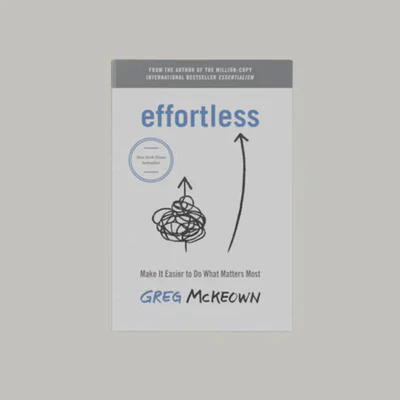Thinking in Systems: A Primer

Meadows’ foundational primer on systems thinking, teaching how to identify system structure, recognize archetypes, find leverage points, and respect time delays.
Resources & Links
Meadows teaches you to solve complex problems by understanding interconnections, feedback loops, and leverage points—shifting from linear thinking to system dynamics.
Who This Is For
Leaders tackling complex organizational challenges that resist simple solutions. Systems thinkers who want formal frameworks. Product managers designing for emergent user behaviors. Architects building for resilience and self-organization. Anyone frustrated by interventions that backfire or produce unintended consequences.
Key Takeaways
- Identify System Structure: map stocks (accumulations: user base, technical debt, infrastructure capacity), flows (changes: new users, code commits, requests/sec), and feedback loops. Understanding structure reveals why systems behave as they do. Draw causal loop diagrams for critical platform challenges.
- Recognize Archetypes: learn common system patterns (limits to growth, shifting the burden, tragedy of the commons, escalation). When facing organizational problems, identify which archetype applies—solutions follow naturally. Example: “Shifting burden” explains temporary fixes becoming permanent dependencies.
- Find Leverage Points: focus intervention where small changes create large effects. Meadows’ hierarchy: changing mindsets > system goals > feedback loop strength > system structure > numbers/parameters. Resist urge to tweak parameters; instead redesign information flows.
- Respect Time Delays: account for delays between actions and effects. Systems with long delays often overcorrect, creating oscillation. In platform engineering: infrastructure scaling decisions made today affect capacity weeks/months later. Build early warning indicators; avoid reactive thrashing.
- Embrace System Boundaries: define what’s inside vs. outside your system. Boundaries determine what you control vs. influence vs. accept. Expand boundaries to include feedback effects your actions create. Example: platform team’s “system” includes not just infrastructure but also developer behaviors shaped by tooling.
Related Books
More titles with similar themes.
101 Essays That Will Change the Way You Think
Standalone essays that help leaders question assumptions, manage cognitive load, and coach teams through uncertainty.
By Brianna Wiest
Dare to Lead: Brave Work. Tough Conversations. Whole Hearts.
Daring leadership requires skill-building around vulnerability, creating psychological safety where people take risks, have hard conversations, and bring authentic selves to work.
By Brené Brown
Effortless
Design systems and defaults so the essential work happens with less friction and more flow.
By Greg McKeown
The Let Them Theory
Release control over others' choices and redirect that energy to outcomes you can actually influence.
By Mel Robbins



